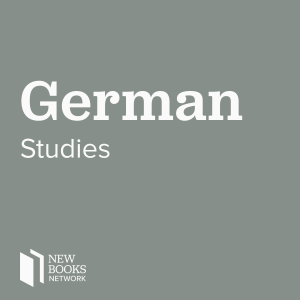
Peter Fritzsche, “Life and Death in the Third Reich” (Harvard UP, 2008)
 2009-09-25
2009-09-25
Germans and Nazis. They were different things, right? I mean some Germans were members of the Party and believed all it said and some were not and believed none of what it said. True enough, but actually the relationship between the identity “German” and “Nazi” was a bit more complicated than “this” and “that.” The two were mixed, as Peter Fritzsche shows in his fascinating new book Life and Death in the Third Reich (Harvard UP, 2008). Peter looks at the artifacts left to us by ordinary Germans during the Third Reich–memoirs, diaries, letters, and so forth–in order to understand the ways in which their “German” identity was entangled in the Party’s “Nazi” identity. The result is an insightful study of the ways Germans thought about Germanness, about Germany, and about the Party that promised to restore both to greatness. Not surprisingly, different Germans thought about these things in different ways. More surprisingly–at least from my semi-educated standpoint–is that different Germans thought about them in different ways at different times. One of the most original contributions of the book is the documentation of the manner in which German attitudes toward the Nazis and their program evolved as events unfolded. The Germans of 1933 were not the Germans of 1938; and the Germans of 1938 were not the Germans of 1944. This is a terrifically interesting book and should be read by everyone interested in answering the fundamental question about Nazi Germany and its crimes: How could it have happened? Thanks to Peter’s book, we are a lot closer to an answer.
Please become a fan of “New Books in History” on Facebook if you haven’t already.
Learn more about your ad choices. Visit megaphone.fm/adchoices
Support our show by becoming a premium member! https://newbooksnetwork.supportingcast.fm/german-studies
More Episodes
Create your
podcast in
minutes
- Full-featured podcast site
- Unlimited storage and bandwidth
- Comprehensive podcast stats
- Distribute to Apple Podcasts, Spotify, and more
- Make money with your podcast
It is Free
- Privacy Policy
- Cookie Policy
- Terms of Use
- Consent Preferences
- Copyright © 2015-2024 Podbean.com






